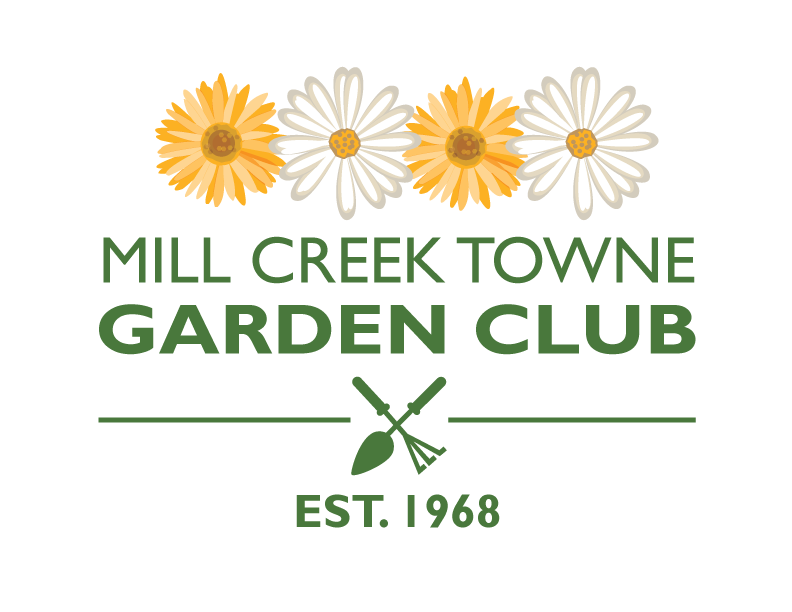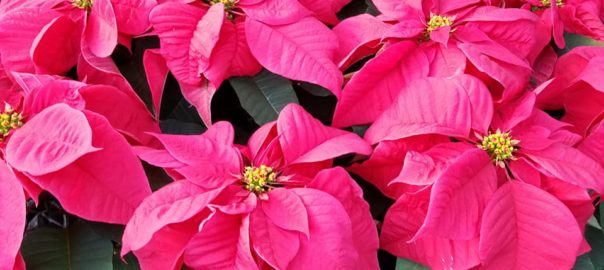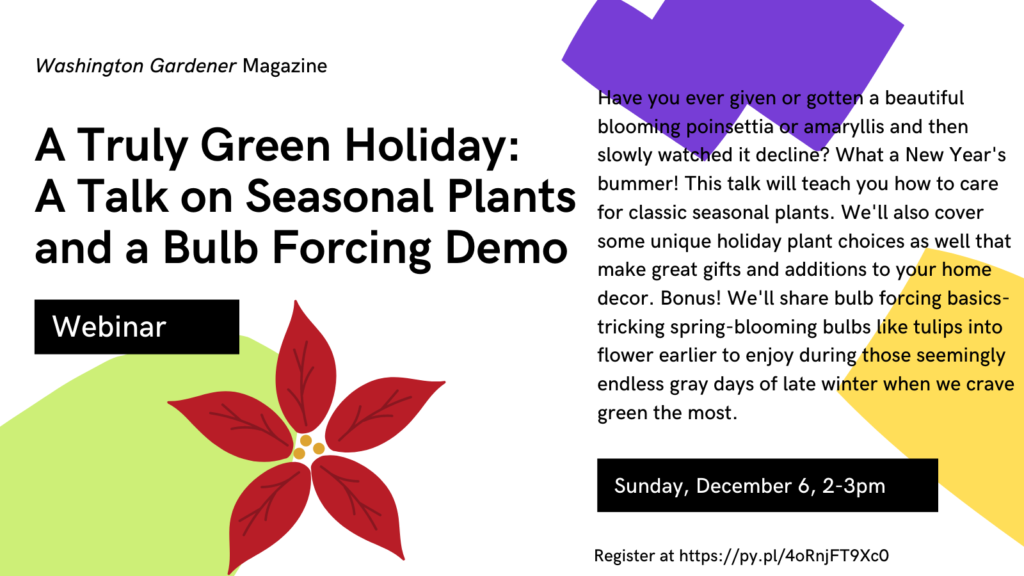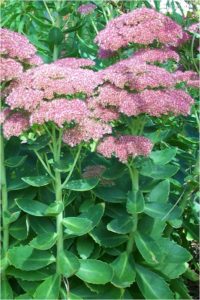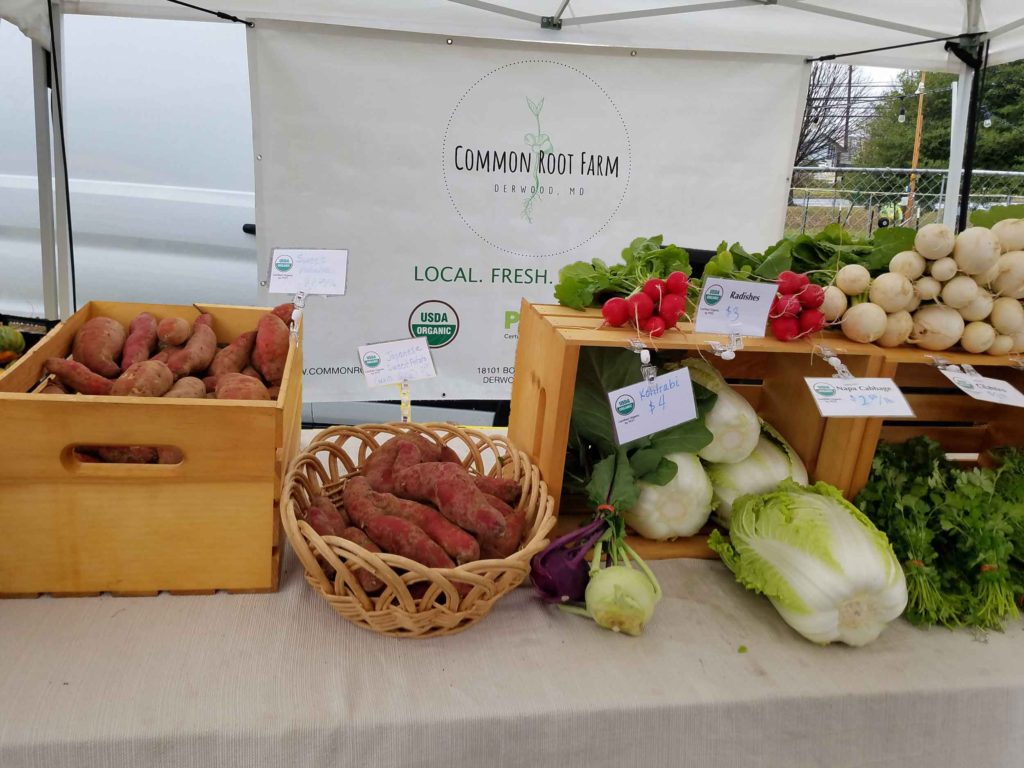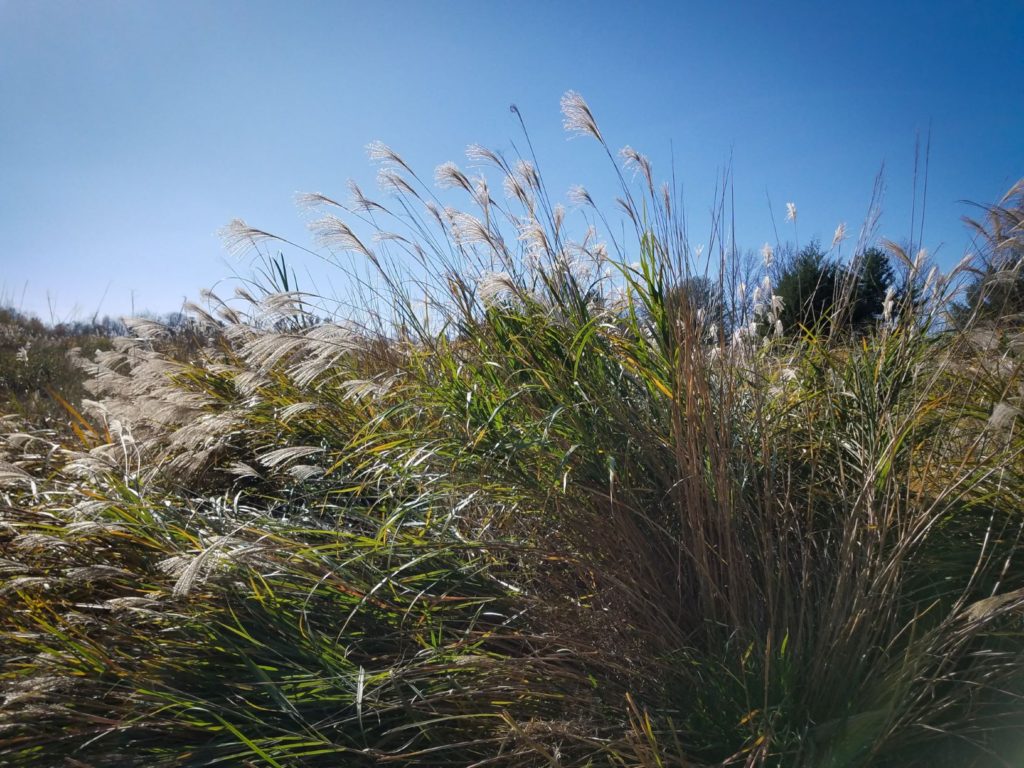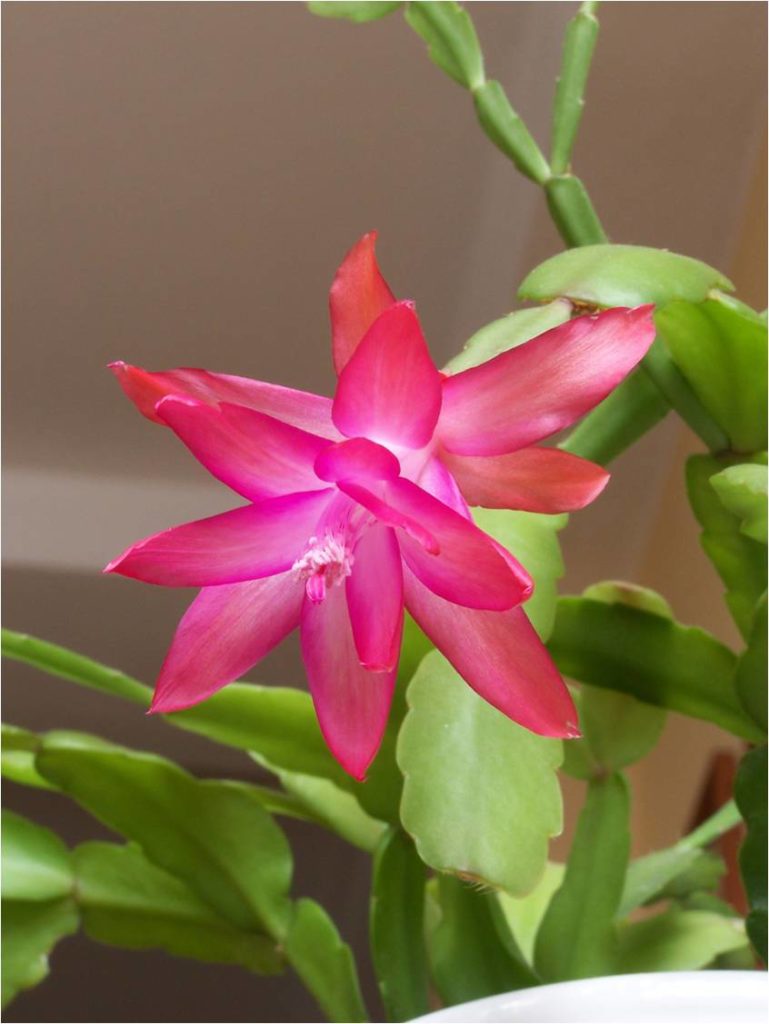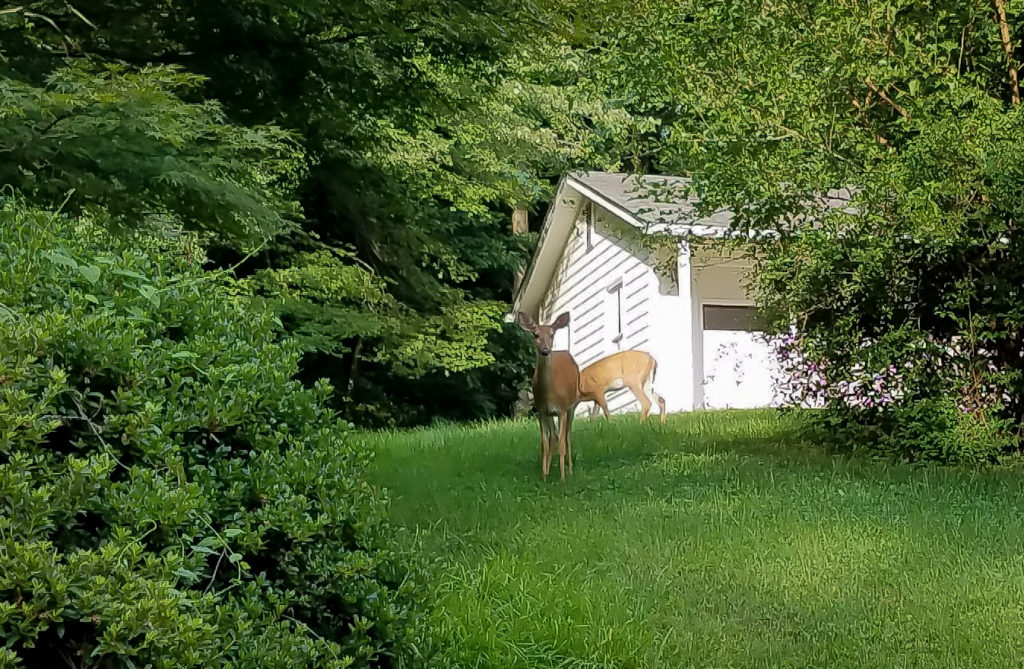Hello Friends, Neighbors, Fellow Gardeners,
Happy New Year! We hope you and your family have a happy healthy new year! Here are some garden tips, educational opportunities, and videos for January. There are some online events, check out U.S. Botanic Garden, Master Gardeners of Montgomery County, and Maryland Gardens. A lot of gardening events are announced on Facebook and we share them on our Facebook page as well as on our mctgardenclub.org website. Some upcoming online events include Building Healthy Soil webinar, GreenScapes Symposium, and iNaturalist.org app Talk hosted by the Mill Creek Towne Garden Club on Tuesday, January 26th.
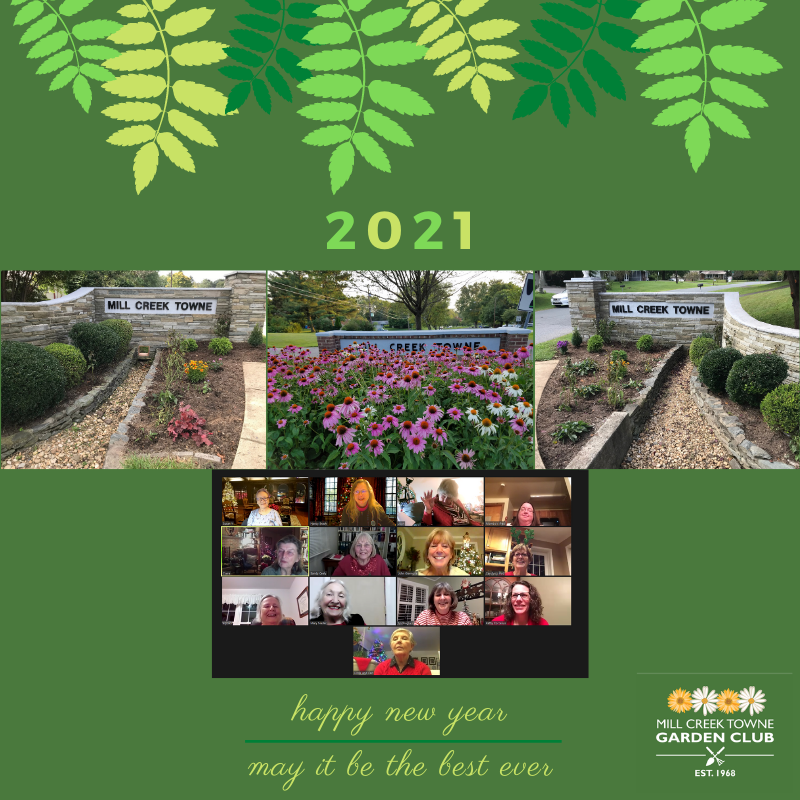
- Start reading those plant catalogs!
- Decide where your plants from seed are going in your garden.
- Finalize catalog seed orders.
- Order/Buy those seeds!
- Collect supplies for starting seeds.
- Sharpen and replace tools as needed.
- Start shopping for spring bulbs.
- Paint a few terra cotta pots in spring colors.
- Go on a virtual garden tour to see what plants are thriving in other’s area home gardens.
- Plan for 2021 with these Free resources: Landscaping with Native Plants by the Maryland Native Plant Society, Plant Invaders of Mid-Atlantic Natural Areas by the National Park Service, Master Gardeners of Northern Virginia Reading Room. Visit our Online Gardening Resources page for more helpful online resources.
- Buy a good gardening book or magazine subscription for a gift for your favorite gardener.
- Have a question about gardening? Check the University of Maryland Extension’s New Maryland Grows blog for garden tips.
Seasons Greetings from MCT Garden Club!
We would like to thank all our friends, neighbors for all your support for 50+ years! Here’s a short video with our 2020 events in review. Looking forward to the new year to create more wonderful memories! We have an exciting program schedule of online events for 2021. Hope you can join us! Happy Holidays and best wishes for a Happy Healthy New Year! MCT Garden Club https://youtu.be/kYutf8-gpjA

iNaturalist Talk via Zoom
Tuesday, January 26, 2021
7:00 pm ET
Join us and learn how to use the app iNaturalist in this informative talk by Guest Speaker, Deborah Barber, member of the Maryland Native Plant Society, is the Director of Land Management for the Maryland/D.C. Chapter of The Nature Conservancy. Registration is required.

The GreenScapes Symposium is virtual this year!
Friday, February 19, 2021
9:30 a.m. to 4:00 p.m. ET
*Live Zoom event
The GreenScapes Symposium, formerly Green Matters, is an annual program sponsored by Brookside Gardens since 2004. Find a schedule of events at their website, and early bird registration is available through January 8. go.umd.edu/SPg
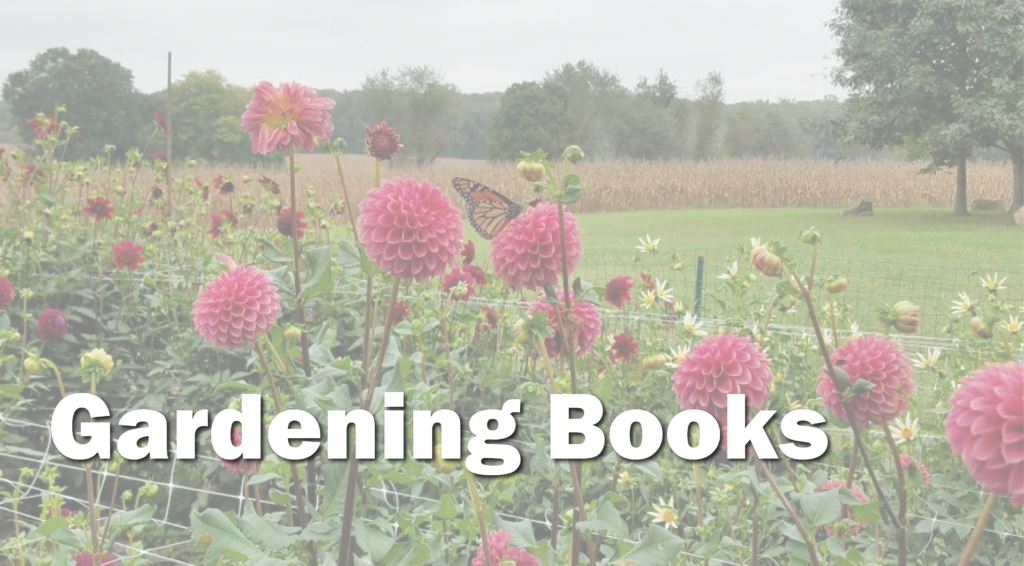
Online Gardening Resources
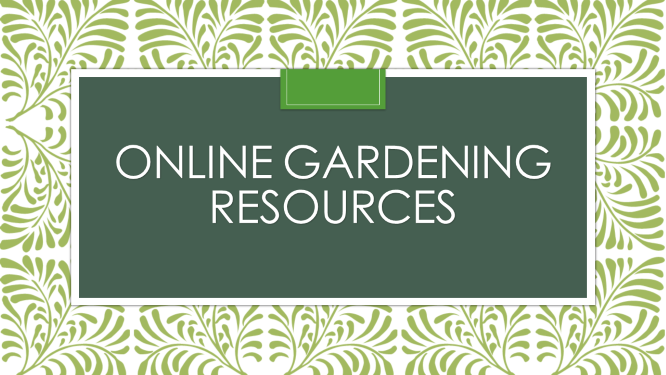
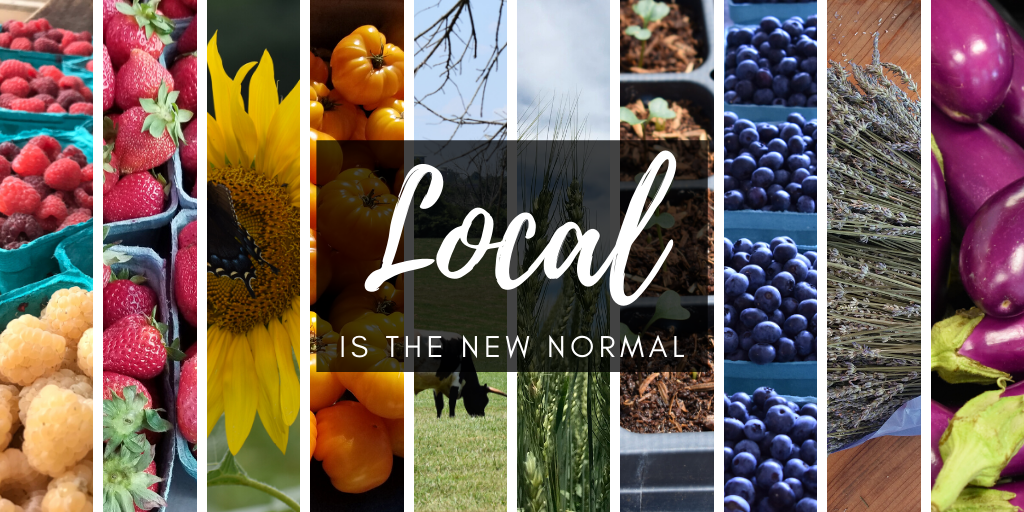
#LocalIsTheNewNormal #BuyLocal
- Support Our Local Farmers – Join a CSA and have fresh local produce delivered to you!
- Visit a local farmers’ market.
“During shelter-in-place, farmers’ markets remain open as an essential service, providing a vital source of fresh fruits and vegetables and food staples for our communities in a spacious, open-air setting. But our community and our farmers’ markets could be jeopardized if we don’t each do our part to stay safe during this public healthy crisis.
In good times, farmers’ markets have been places to gather and converse, however, now is the time to follow public health and safety advisories and resist the urge to linger and socialize. We all have a critical role to play in preventing the spread of COVID-19.”
How to Support Farmers and Safely Shop at Farmers’ Markets

Download Montgomery County’s Office of Agriculture 2020 Farmers Market Flyer to find a farmer’s market near you.


Support our local farmers! Shop at the #derwoodfarmersmarket!
Open for advance order curbside pickup & delivery until April 10th.
~ ~ ~
The Full Market Season Opens April 17th, 2021.
For the winter season through April 10th you can still get your market groove on with online ordering from all your favorite farmers and vendors using our curbside pickup or doorstep delivery to 20855, 20850, 20878 & 20880 on Saturday for doorstep delivery and/ or curbside pickup at the front yard of Neighborhood Church, 16501 Redland Rd, 20855. Pickup happens from 9am until 11am through April 10th. Get started here: MilkLadyMarkets.org/preorder

In the Garden Q & A
12 PM EDT – 1 PM EDT
Montgomery County Master Gardeners – Maryland
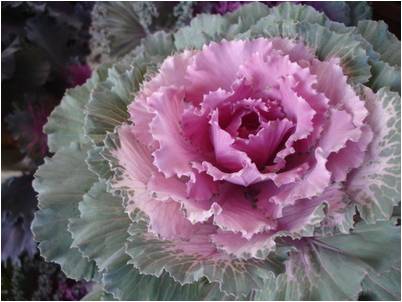
Flowers and Groundcovers
- Leave seedheads on Black-eyed Susans, Echinacea, Goldenrod, Sunflowers, and Thistles for the birds to enjoy over the winter.
- Plant the bulbs you forgot to plant last fall!
- Prune summer bloomers such as Hydrangeas, Rose of Sharon, Crape Myrtles, and Butterfly Bushes.
- Start seeds for: Petunia, Dwarf Snapdragons. Check daily for moisture.
- Walk your garden — look for early signs of fungal disease.
- Weed—especially look for fast-growing vines such as honeysuckle, autumn clematis, bittersweet, wild grape, Virginia creeper, and poison ivy.
- Pests to watch for: Aphids, Deer, 4-lined plant bug, slugs, snails, spidermites, whiteflies.
- Diseases to watch for: Damping off of seedlings.
- See UMD’s HGIC Garden Tips for more details.
- For a list of native plant resources, visit: https://extension.umd.edu/hgic/topics/native-plant-resources
Trees and Shrubs
- Prune damaged branches.
- Use leftover holiday greens and cut-up tree branches to mulch beds and create windbreaks.
- Take hardwood cuttings from willow and dogwood to propagate them.
- Check that newly planted trees, shrubs, and perennials have not been heaved out of the ground due to freezing and thawing cycles.
- Remove bagworm bags.
- Gently brush snow from evergreen shrubs.
- Cut a few branches of flowering shrubs to force into bloom inside.
- Root prune trees and shrubs to be transplanted next year.
- Set out your live potted evergreens from holiday decorating in a protected outdoor space to harden them off in advance of planting them.
- Look out for any Poison Ivy vines, which will turn crimson in the fall and be easy to distinguish from other vines.
- Remove Ivy, Pachysandra, and other vine-like ground cover from under shrubs.
- Soil test established trees that have not been performing well.
- Put diseased leaves, pesticide-laden grass clippings and weed seeds out for recycling rather than the compost pile.
- Mulch or compost healthy leaves.
- Spray with dormant oil to decrease pest infestations.
- Remove dead and dying trees.
- Pests to watch for: Deer.
- Diseases to watch for: Phomopsis and Kabatina of Juniper, Diplodia tip blight of 2 and 3 needled pines.
- For more tips, see UMD’s HGIC Garden Tips for more details.
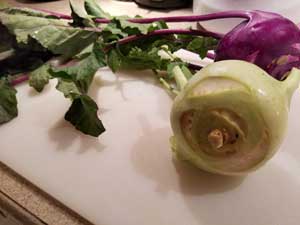
Kohlrabi
Kohlrabi, also called German turnip, is a biennial vegetable, a low, stout cultivar of wild cabbage. Photo of Kohlrabi from Common Root Farm CSA Crop. Photo by Nancy Brady.
Kohlrabi Carrot Fritters recipe: https://www.acouplecooks.com/kohrabi-fritters-with-avocado/
Herbs, Veggies, and Fruit
- Cover garlic plants with straw or leaf mulch.
- Clean out your cold frame or build a new one.
- Collect large plastic soda bottles use as cloches. (A cloche is a clear, bell-shaped cover used to protect tender plants from frost.)
- Start hardy herbs, onions, and cabbage.
- You can still have your vegetable garden and landscape soils tested.
- Prune dead bramble canes.
- Harvest your herbs and keep them trimmed back to encourage leafy growth.
- Cut garden herbs and hang to dry in a cool, dry place indoors.
- Water deeply when needed.
- Apply dormant oil spray to fruit trees.
- Pests to watch for: Asparagus beetle, aphids, cabbage worms, cutworms, Japanese beetle, rabbits, squash vine borer, and deer.
- Diseases to watch for: Apple-scab, Cedar-apple rust, Powdery mildew, Fungal, bacterial viral diseases.
- Here are some more UMD’s HGIC Garden Tips.

Lawns
- Do not step on frozen soil in flower beds or lawns.
- Use de-icer sparingly or a nonchemical substitute such as sand, grit, fireplace ashes, or non-clumping kitty litter.
- Have soil tested (every 3 years minimum).
- Clean yard of all leaves and other debris.
- Turn your compost pile.
- The annual soil science calendars from the Natural Resources Conservation Service are both educational and beautifully done. The one for 2020 as well as those for previous years are available as free PDFs here: https://www.nrcs.usda.gov/wps/portal/nrcs/detail/soils/edu/?cid=nrcseprd1250008
- Diseases to watch for: brown patch, and red thread
- Pests to watch for: Grubs
- See UMD’s HGIC Garden Tips for more details.
Indoors/Houseplants
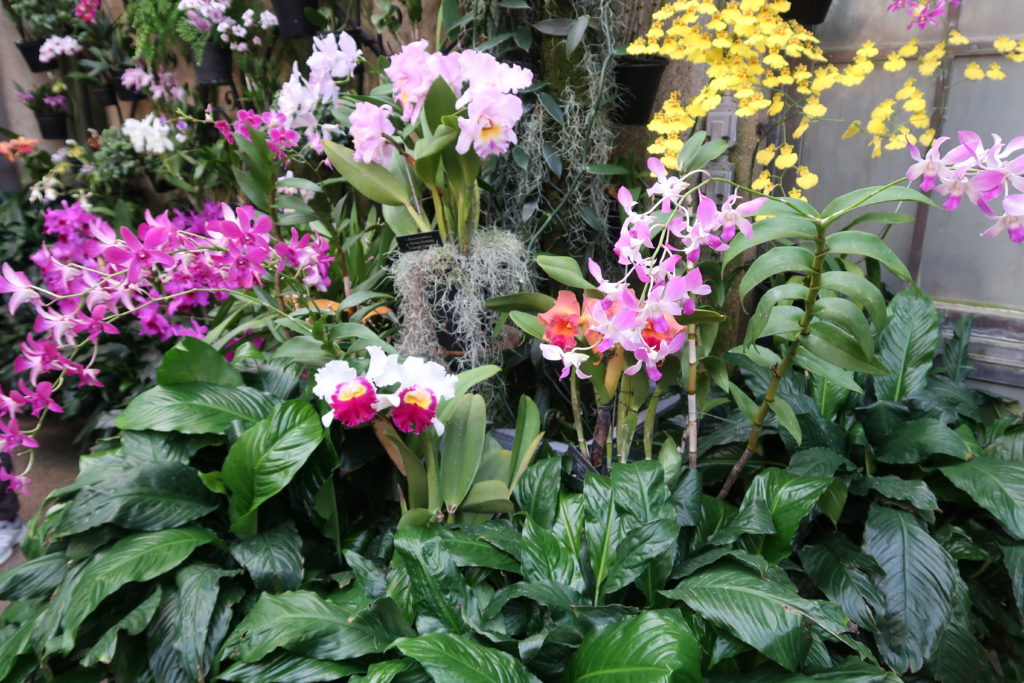
- Cut off the flower stalk on your amaryllis once flowers fade. Leave foliage to grow.
- Keep poinsettias in a well-lit area, but out of direct sun and away from drafts.
- Change water in cuttings started last fall and add 2-3 pieces of fish tank charcoal.
- Repot and fertilize houseplants when new growth begins.
- Keep all house plants out of drafts and away from heat vents.
- Rotate houseplants to promote even growth.
- Remove old leaves, damaged stems.
- Pinch out growing tips of leggy cuttings and plants that are overwintering.
- Clean the leaves of your indoor houseplants to prevent dust and film build-up.
- Fertilize only your winter-blooming house plants, such as violets with 1/2 strength houseplant fertilizer (every 2 weeks) .
- Maintain moisture in pots wintering indoors, but do not over water!
- Pests to watch for: aphids, spider mites, mealybug, scale, whitefly
- See UMD’s HGIC Garden Tips for more information.
Indoor/Outdoor Insect and Wildlife Tips
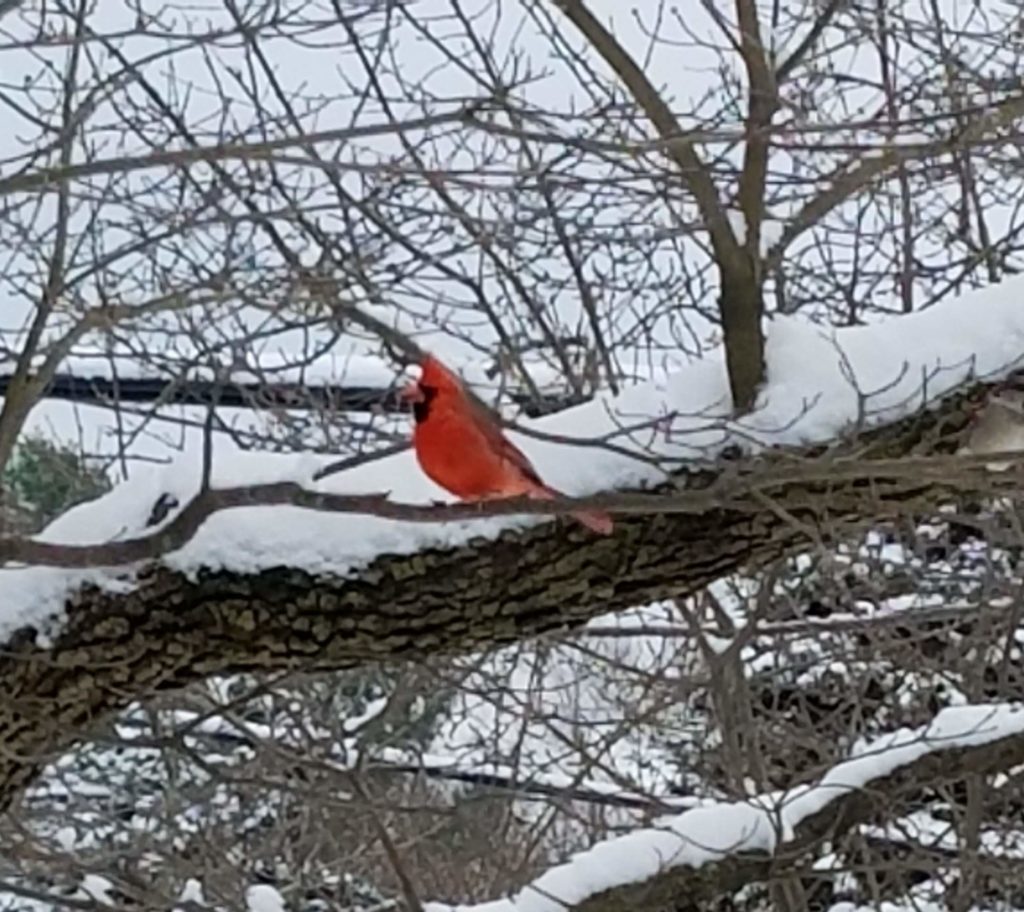
- Give your house plants a quarter turn every few weeks.
- Check indoors for termites and winter ants.
- Put up birdhouses.
- Keep bird feeders clean and filled.
- Wash and refill the birdbath or set out a shallow bowl of water in icy weather.
- Switch your deer deterrent spray.
- Caulk and seal your outside walls to prevent insects and wildlife from coming indoors.
- Set out traps for mice, moles, and voles.
- Watch for: carpenter ants, flies, mosquitos, stink bugs, termites, rabbits, raccoons, groundhogs, deer, mice, moles, snakes, squirrels, and voles.
- For more information, see UMD’s HGIC Garden Tips.
Source: University of Maryland’s Home and Garden Information Center (HGIC) and the Washington Gardener.

Montgomery County MD Food and Beverage Guide
The 2019-2020 Montgomery County Food and Beverage Guide has arrived!
This year’s Guide lists over 70 MoCo Made food and beverage producers and farmers, with products ranging from honey to craft beverages to artisanal meats and more.
Master Gardener Plant Clinics
Varied Locations, dates, and times
 |
|
What can Master Gardeners do for you?
- Help you select and care for annual and perennial plants, shrubs and trees.
- Determine if you need to test your soil.
- Provide you with information on lawn care.
- Identify weeds, beneficial and noxious insects, and plant diseases and remedies.
- Teach you how to use pesticides, mulch and compost.
- Guide you in pruning trees and shrubs.
- Provide you with options for managing wildlife.
- Provide you with gardening resources.
- Help you submit a plant sample for diagnosis
Plant Clinics are held at several sites in the county on a weekly basis and at special events such as garden festivals and the county fair. Regularly scheduled Plant Clinics are located at public libraries and farmers’ markets throughout the county as well as at the Audubon Naturalist Society in Chevy Chase. There are also clinics three days per week at Brookside Gardens. The busiest season is April through September, but some clinics are open year-round. Bring your plant samples and questions to one of these locations in Montgomery County, MD (see link below to find a location near you):
https://extension.umd.edu/mg/locations/plant-clinics
Support Our Local Farmers – Join a CSA and have fresh local produce delivered to you!
CSAs are seeing record numbers of subscribers http://ow.ly/eiQT50zD5lW – find your farmer here: http://ow.ly/jbO250zD56M
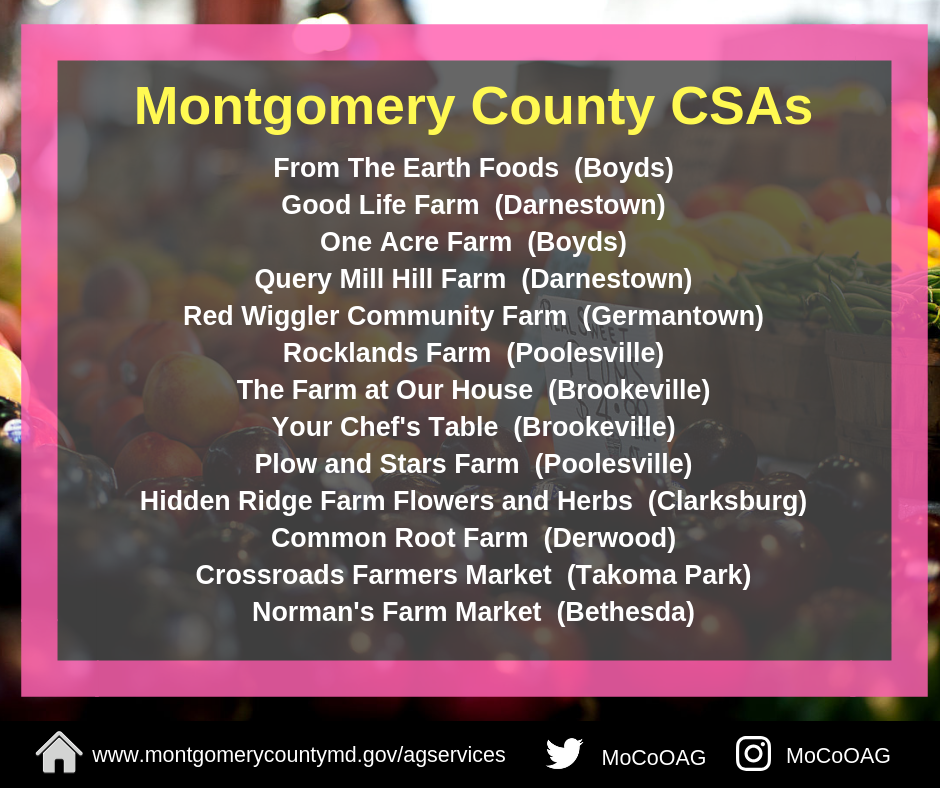
CSAs can take many forms, but essentially they are community supported farms in which members contribute to farming projects, usually by way of membership fees, in exchange for fresh, local produce. The concept came to the United States from Europe in the 1980s. They are a great way to take advantage of fresh, locally grown fruit, vegetables, herbs, and more while supporting nearby farms. Each one is different, some offer pickup locations in urban areas, some offer only farm-based pickups.
There are multiple CSAs located around the County offering a wide variety of products. CSAs begin taking sign-ups for spring and summer seasons in the early part of the year, and they tend to fill up FAST! Know of another CSA not on our list? Let us know! Montgomery Countryside Alliance also maintains a list:
http://www.mocoalliance.org/community-supported-agriculture.html
MC Master Gardeners’ Grow It Eat It | 2021 Online Speakers Series

Getting a Fresh Start in the Garden?
Let the Montgomery County Master Gardeners teach you how to begin a new garden or refresh one from the ground up.
For 2021 we will be offering the following programs in lieu of an in-person Grow It Eat It Event or Spring Conference.
Free, except where there is a $ sign
January 30, 10 am
Building Healthy Soil
January 30, 12 pm
Construyendo Suelos Saludables
(Espanol)
February 6, 10 am
How an Herbal Harvest Can Help and Hearten
February 20, 10 am
New Vegetable Gardener Kick-off
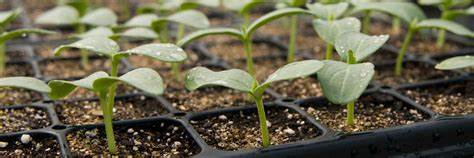
New Vegetable Gardener Workshop
Are you a new vegetable gardener looking for support throughout the growing season? Have you tried before but feel you need more support? Join our New Vegetable Gardener program that will give customized support throughout the growing season. This program will cover planning your garden, planting, pests and disease, and harvest with a customized zoom session, the speakers series, and group email support. Program Kicks-off February 20.
February 27, 2 pm
Scouts Gardening Merit Badge Kick-off ($)
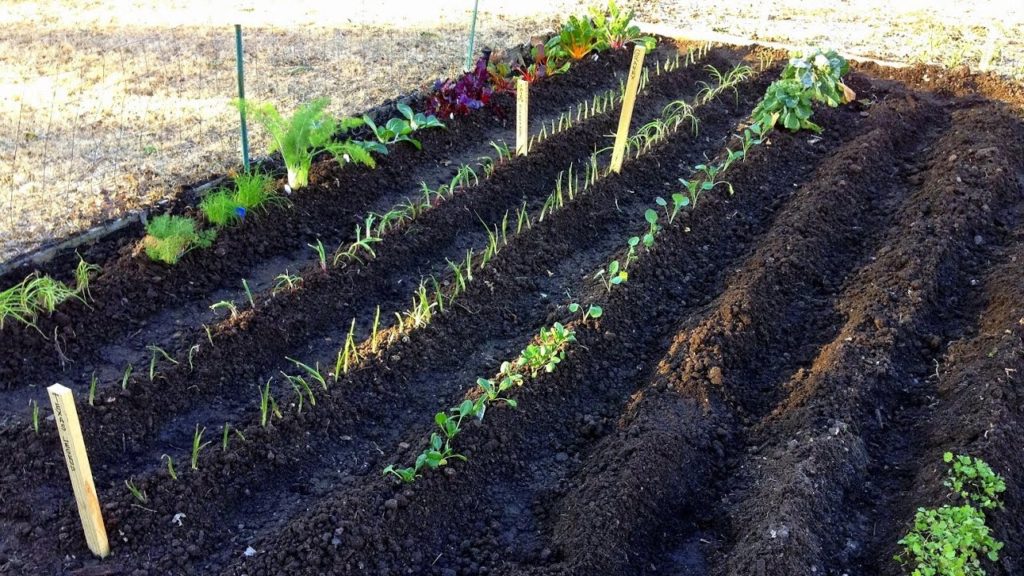
Scout Merit Badge Workshop ($)
Calling all Scouts interested in earning their Gardening Merit Badge. Join our online, season-long program under the guidance of our certified Merit Badge Counselors. The program kicks off on February 27th.
February 27, 10 am
Seed Starting for Veggie Gardeners
February 27, 12 pm
Aprenda a Sembrar Semillas (Espanol)
March 6, 10 am
Beginning Vegetable Gardening
March 13, 10 am
Soil Testing for your Vegetable Garden ($) Register by January 29, soil samples sent to the lab by February 5
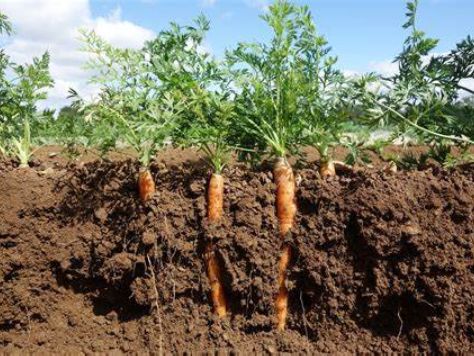
This workshop will walk you through the steps to take a soil sample before the class. During the workshop on March 13, soil test results, and how to address issues will be discussed. Soil test materials are included and will be mailed to you.
Register by January 29 and send soil samples to the lab by February 5 to have your results included in the class.
March 20, 10 am
Container Gardening
March 20, 12 pm
Jardinería en Contenedores
(Espanol)
April 10, 10 am
Grow Your Best Tomatoes
April 24, 10 am
Grow Your Own Brambles: Blackberries and Raspberries
May 8, 10 am
Less Lawn More Life
May 15, 10 am
Blossoms and Bees Children’s Program
May 22, 10 am
Native Plants for Shade
June 5, 10 am
Managing Garden Pests
June 12, 10 am
Native Plants for Sun
MCT Garden Club Online Events
FEBRUARY 2021
Tue, Feb. 23, 2021 7pm ET Butterbee Farm – Cut Flowers Arrangements Online Event
February 23 @ 7:00 pm – 8:00 pm
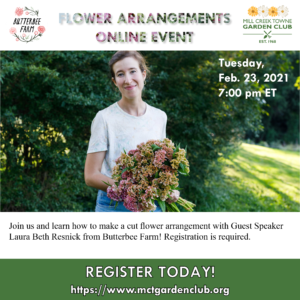
Join us to learn how to make flower arrangements with cut flowers with Guest Speaker Laura Beth Resnick from the Butterbee Farm! https://www.butterbeefarm.com/ Find out more »
MARCH 2021
Tue, Mar. 23, 2021 7pm ET Susan Bell, Master Gardener “Adding WOW to Small Garden Spaces” Online Event
March 23 @ 7:00 pm – 8:00 pm

Join us on Tuesday, Mar. 23, 2021 7pm ET with our Guest Speaker Susan Bell, Master Gardener and learn how to “Add WOW to Small Garden Spaces”! About Our Guest Speaker, Susan Bell Susan Bell created Hilltop Gardens in 2002. Her formal education was through George Washington University, Montgomery College, and is ongoing with the Maryland University Montgomery County Extension’s Master Gardener program. Since 2009 Susan has been sharing her professional expertise as a speaker for Maryland University’s Montgomery County…Find out more »
